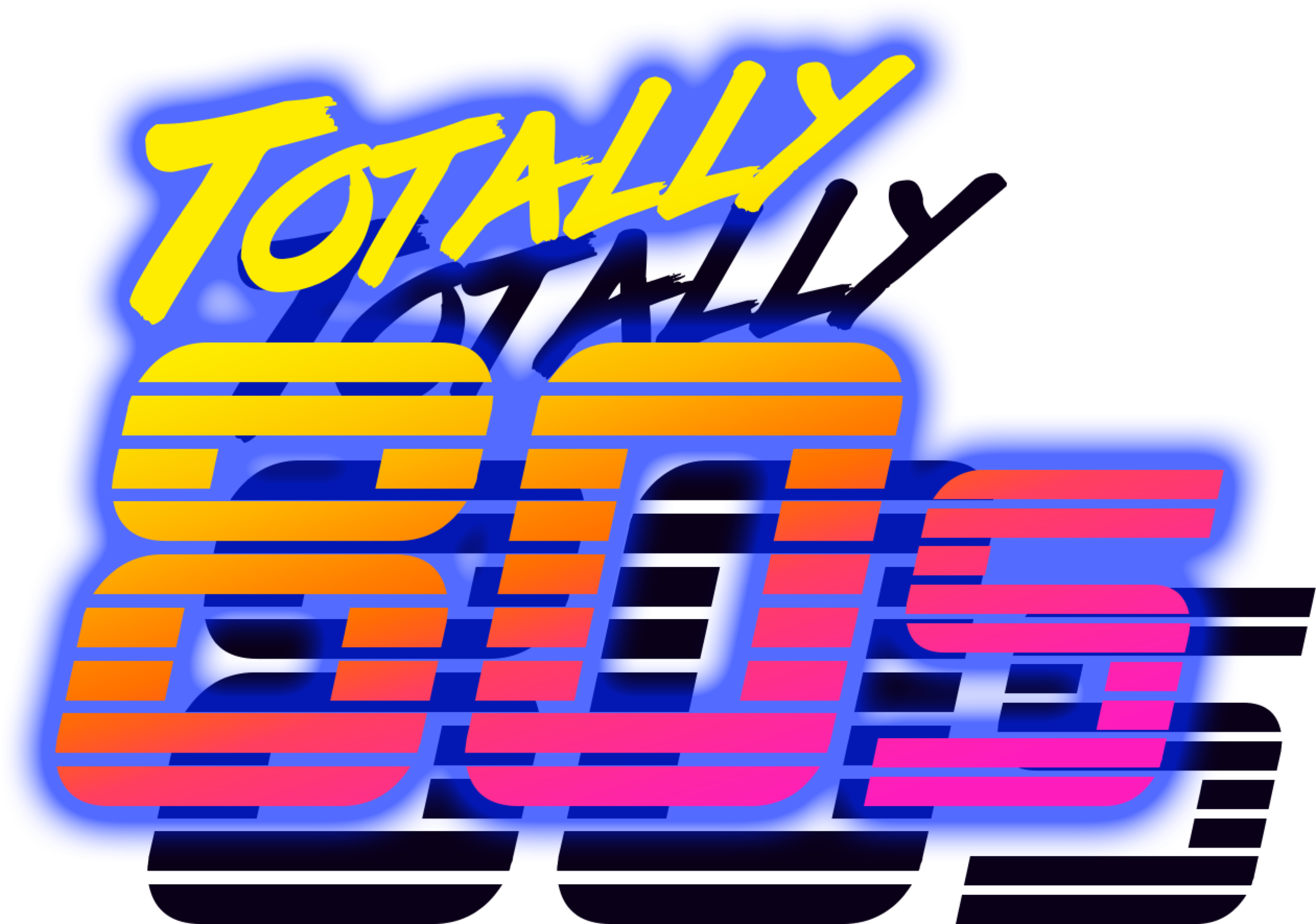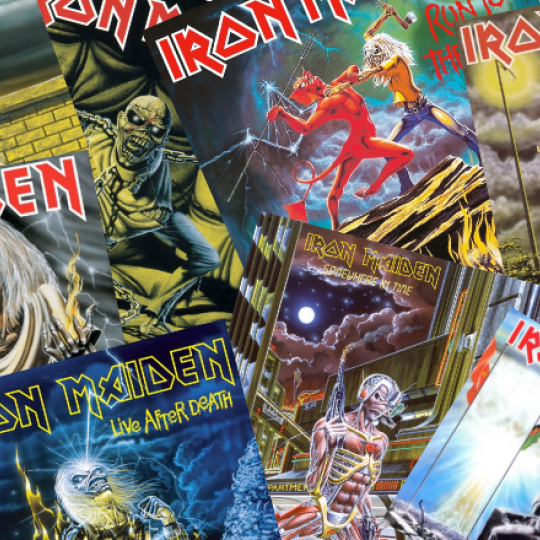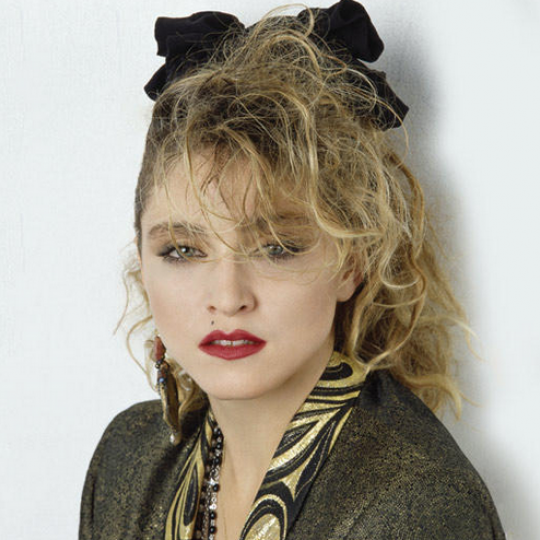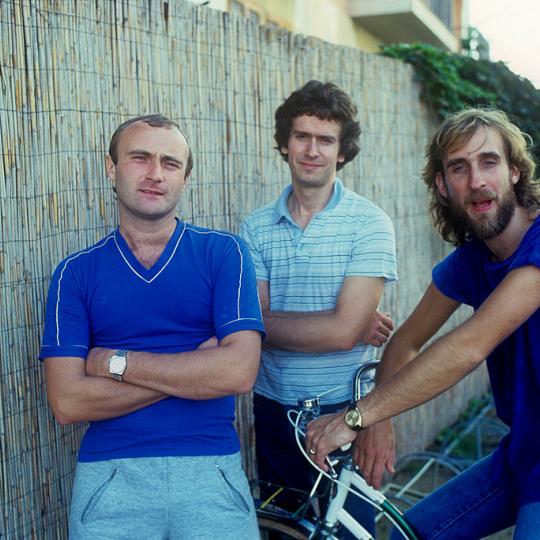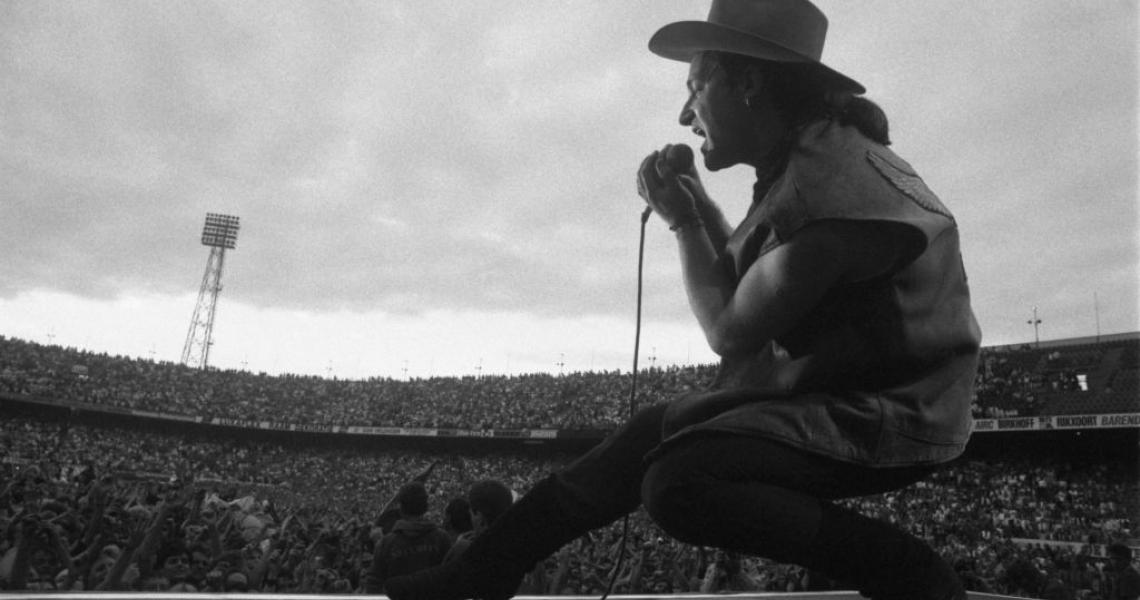
During the final date of the 1986 Amnesty International Conspiracy of Hope concert at Giants Stadium, there was a moment – a passing of the torch from the biggest band in the world at that time (The Police, performing together ostensibly for the final time) to the next band to hold that title. After finishing their set-closing take on “Invisible Sun” with U2 singer Bono guesting on vocals, Sting, Andy Summers and Stewart Copeland handed their instruments over to the members of U2. It was a symbolic gesture that did not go unnoticed, and observers wondered with anticipation how the new kings would respond.
They got their answer in early March 1987, when U2 released The Joshua Tree and watched it top album charts all over the world. Their ascendance would be complete on May 16 of that year, when the album’s first single, “With or Without You,” topped the Billboard Hot 100 singles chart in America.
The song was a mid-tempo ballad, not the kind of anthem the band were known for (think “Sunday Bloody Sunday” or “Pride (In the Name of Love)”). Its hushed tone was a result of both the space in which it was recorded, and the collaborative experimentation in which the band and their producers (Daniel Lanois and Brian Eno) engaged.
READ MORE: On "Pride," U2 Honored a Great Man As Only They Can
Sessions for the album took place at Windmill Lane Studios in Dublin, at bassist Adam Clayton and guitarist The Edge’s respective homes, and at Danesmoate, a mansion in the foothills of the Dublin Mountains. Lanois was particularly fond of the acoustics at Danesmoate.
“It was a really nice set-up,” he remembered. “It has this large...rectangular room with a tall ceiling and wooden floors. It was loud, but it was really good loud, real dense, very musical. In my opinion it was the most rock and roll room of the lot.”
The sonic attributes of the room included what Lanois touted as a “low mid-range” acoustical quality.
“The low mid-range is where the music lives,” he noted. “In my opinion The Joshua Tree is a great rock and roll record, partly because of the beauty of the low mid-range of that room.”
The band set up their instruments and sound baffling and played together in whatever space they occupied, something The Edge says was vital to the resulting music.
“There is no way that recording each instrument in a separate acoustic environment, and trying to blend them back together again, from tape, is going to get the same result as musicians playing together,” he told Musician magazine in 1987. “You don't get the sound of the room, you don't get the chemistry...Everybody was in the same space, playing with eye contact and a great deal of feeling.”
Both The Edge and Lanois were on the lookout for new sounds and new tools and toys they could use to get those sounds. The foundation of “With or Without You” emerged from such exploration.
“We started with a beatbox, this available Yamaha beatbox that we had,” Lanois told Songfacts. “Then we came up with the chord sequence. Adam played a lovely bass part. And then we have our secret weapon. It was called the 'infinite sustain guitar,' invented by my good friend Michael Brook, a Canadian associate. Michael had invented this instrument where you didn't have to use your right hand on the guitar. You just held a note with your left hand, and he had a little self-looping system built into the instrument. But as you went up higher on the guitar, the infinite sustain just kept going into the stratosphere.”
The Edge began playing with the instrument, and something wonderful (and soon to be familiar) emerged. Lanois recalled, “He did a take, and I said, 'That sounds pretty good. Can you try another one?' And then we did a second one, and that was it. We did a little 'best of the two performances,' and then it became that signature, high-frequency stratospheric sound on 'With or Without You.'"
Lyrically, “With or Without You” “has a lot of ‘yearn’ in it,” according to Lanois. “[W]hat I get from it is you're ready to accept [something], but you're ready to leave something behind, much like life itself. Something comes your way but there's a sacrifice and you have to leave something else behind.”
Bono told Rolling Stone that the song reflects “about how I feel in U2 at times: exposed. I know that the group thinks I’m exposed and that I give myself away. I think if I do any damage to U2, it’s that I’m too open.”
Ultimately, millions of listeners identified with those lyrics, however personal or universal Bono’s intentions were. The song’s popularity reflects the public’s positive response to a singular statement.
“It doesn’t sound like anything else of its time,” The Edge told Rolling Stone. “It’s coming from somewhere completely different.”
READ MORE: March 1987: U2 Releases "The Joshua Tree"
- Log in to post comments
